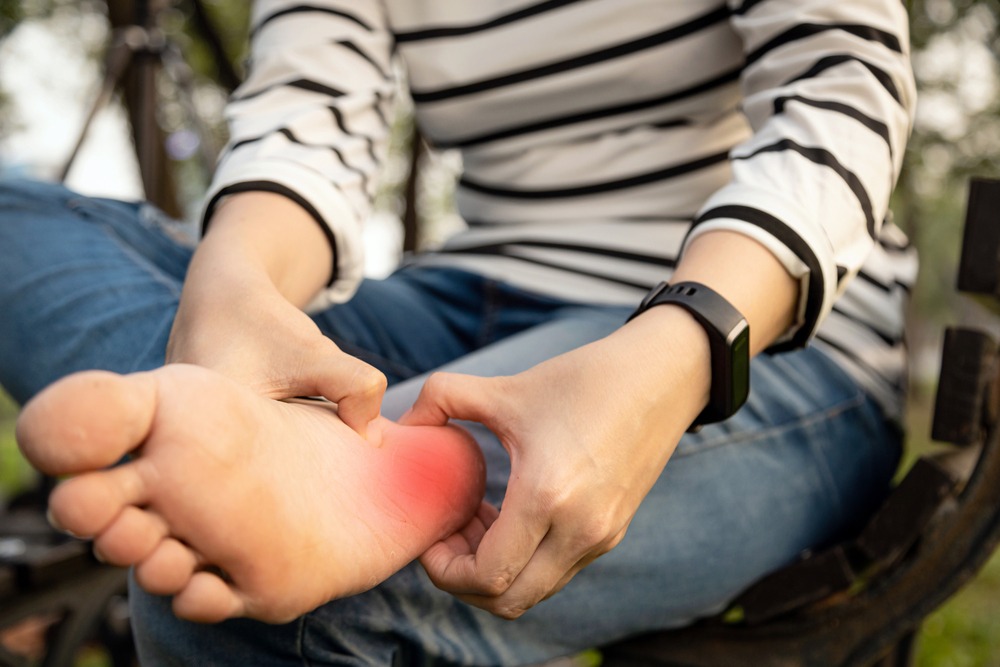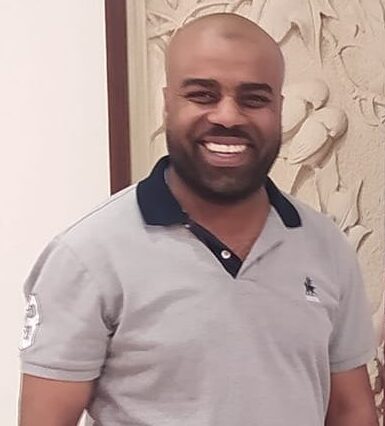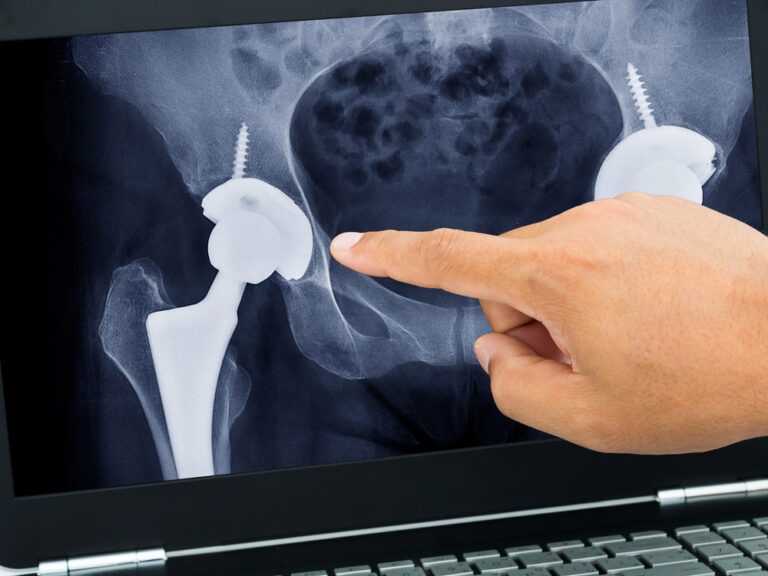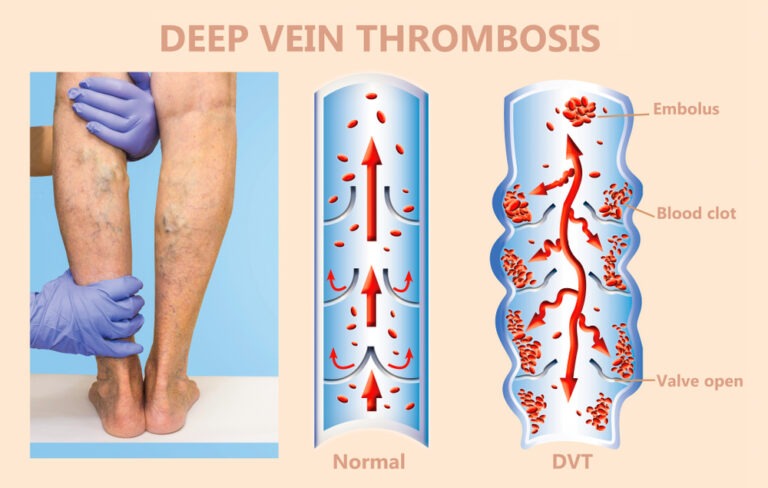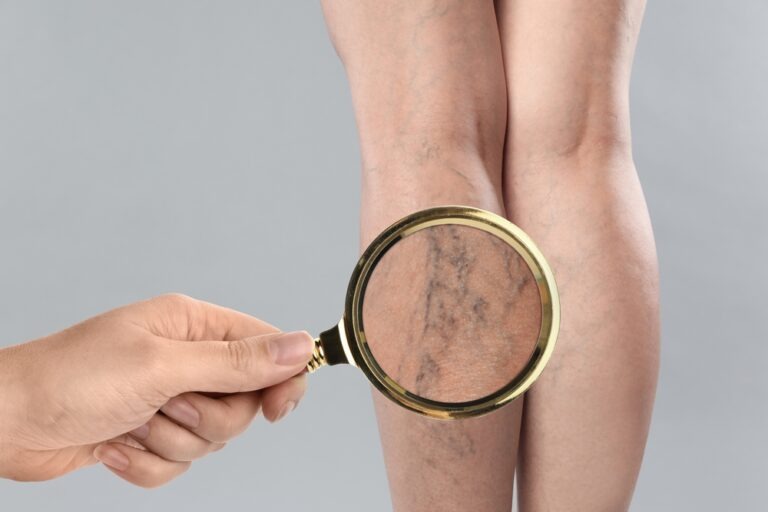Symptoms of Plantar Fasciitis
Plantar fasciitis symptoms may worsen gradually with time. The most common symptoms of plantar fasciitis are dull or sharp aching pain and tenderness of the heel. Sometimes the pain can be felt on the whole sole of the foot.
In 70% of plantar fasciitis cases, it will be unilateral (meaning affecting only on one foot). If you develop some pressure in your thumb on some points in your heel and sole of the foot, you will experience a sharp tenderness in some of these focal points, which are called (Trigger points).
The maximum pain will rise when you wake up meaning in the early morning just after a few steps of walking, or during weight-bearing after prolonged periods of rest or sitting. But also, sometimes pain increases after prolonged workouts when you take a rest (but not during exercising) or when you stand for several hours.
As you will notice, more pain will occur when you raise your toes upward during standing (toes in hyperextension position) or during ascending stairs. However, radiation of pain to the other joints is rare.
The second most common symptom of plantar fasciitis after the pain is the tightness of plantar fascia and the foot muscles in the bottom of your foot. If plantar fasciitis didn’t treat for a long time, tightness might develop, leading to the stiffness of plantar fascia and the foot.
Most cases of plantar fasciitis cases suffer from tight calf muscles; this is due to the nature of the body mechanics and their effect on each other and the motor coordination between the muscles of the foot covering the bottom of the foot with the calf muscles.
Similarly, some patients reported rare symptoms like burning, numbness, tingling, referred pain. If plantar fasciitis didn’t treat for a long time (several years) patient may experience rupture of the plantar fascia, and that may develop symptoms of clicking, snapping sounds, and local swelling. All these symptoms mentioned above will cause acute pain to grow in the plantar aspect of the foot.

